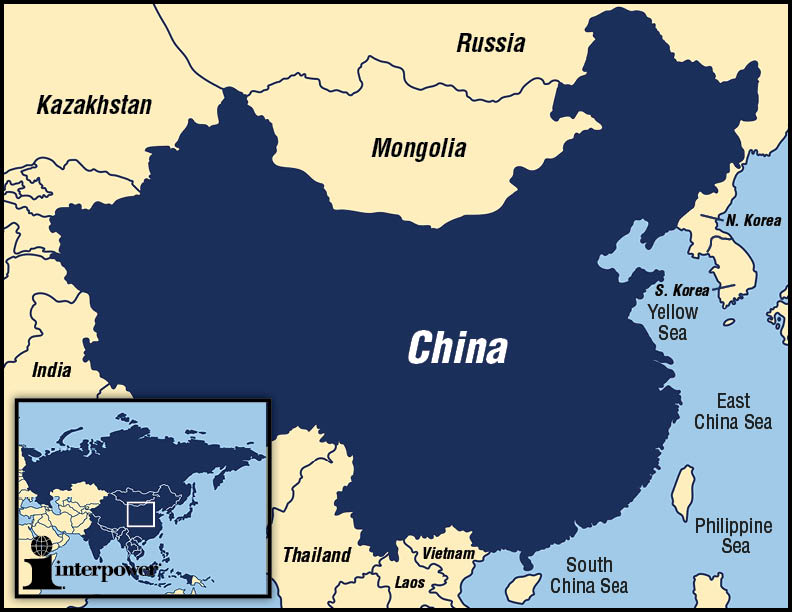Exporting to Asia
Doing business in a global market is possible, accessible, and offers excellent business opportunities. “Product design and tooling are expensive,” explained Bob Wersen, President of Interpower Group of Companies. “By designing a product for sale worldwide, you can spread the expense over the largest market possible.”
Wersen explained that to sell globally, the following must be addressed: mains plug patterns, mains voltages, mains frequencies, and national regulations. Most countries have their own type of plug pattern. Typical current ratings range from 10 to 16A, depending on the plug. Global mains voltages range from 100 to 250VAC. With universal input power supplies, this voltage range is not usually a problem. Mains frequencies throughout the world are either 50Hz or 60Hz. “All of the world’s developed countries and many of the developing countries have electrical safety standards and most have safety testing agencies,” Wersen said. In addition, Europe, Japan, and China have environmental restrictions on all substances contained in equipment sold in those respective countries.
“Some other good reasons for compliance to international regulations include enhanced quality and reliability of the product, meeting your competition head on, and peace of mind in knowing that you sell a product that is not only safe, but one that conforms to international expectations for safety,” Wersen said.
Choosing to export globally needs to be a well-researched decision. It is essential for those wanting to export to different countries to be knowledgeable in the desired country’s import/export requirements. Exporting to countries in Asia can be beneficial, but due diligence will be needed in order to achieve success.
Asian countries we will be exploring in the next few weeks include: China, India, Indonesia, Bangladesh, Russian Federation, Japan, Philippines, Vietnam, Thailand, South Korea, Nepal, Malaysia, Taiwan, Sri Lanka, Cambodia, Hong Kong, Laos, Singapore, and Mongolia.
Exporting to the People’s Republic of China

| PEOPLE’S RREPUBLIC OF CHINA | |
|---|---|
| Actual population* | Population world ranking |
| 1,355,692,576 | 1 |
| Actual GDP (PPP)* | GDP world ranking |
| $13,390,000,000,000 | 3 |
| Actual GDP (per capita)* | GDP (per capita) world ranking |
| $9,800 | 121 |
*See the end of this blog for definitions
Exporting to the People’s Republic of China can present diverse rewards and challenges. It is essential to execute careful research of China’s business regulations to ensure success. China’s markets are geographically distinct with each region offering its own opportunities and challenges.
To start with, companies should conduct careful market research and due diligence regarding exporting to China. Market entry strategy information is available through a variety of sources, including through the United States Commercial Service and the United Kingdom Trade and Investment. Consider different market niches to export to as well as learning what the product standards are for a particular region. Company representatives need to visit China in person. This will assist with learning the business culture and the people. Find a local business agent or partner and establish a business presence to enhance a long-term affiliation in China. Personal relationships are very important.
When exploring exporting options, market research and knowledge of business customs as well as discovering local connections are essential to achieving a successful business venture. For example, business cards need to be presented in a certain manner. Print them bilingually—Chinese on one side and another language, such as English, on the other. A variety of resources can assist in market research and in learning business customs. Among them are the United States Commercial Service and the United Kingdom Trade and Investment.
Several Chinese websites may be referenced. One function of the Ministry of Commerce People’s Republic of China is to focus on imports and exports. The Ministry of Commerce also includes the Department of Foreign Trade (National Mechanic and Electronic Import and Export Office). Another Chinese resource is the General Administration of Quality Supervision, Inspection and Quarantine of PRC which has a number of major departments. Among them is the Department of Inspection and Quarantine Clearance which has the responsibility of entry-exit inspection.
China is located in East Asia and is a member of the World Trade Organization and the Asia-Pacific Economic Cooperation.
Mandarin Chinese is the official language spoken on the mainland. Other Chinese dialects and various local dialects are also spoken. Regions, such as Hong Kong, Tibet and Mongolia, have their own languages.
In China, the voltage used is 220V at 50Hz. The most frequently specified plug pattern is the Chinese plug.
Sources:
www.export.gov/china
www.gov.uk
www.China.DoingBusinessGuide.co.uk
http://english.mofcom.gov.cn
http://english.aqsiq.gov.cn
*Source: www.cia.gov/library/publications/the-world-factbook/index.html
Country comparison—Population: Population compares estimates from the US Bureau of Census based on statistics from population censuses, vital statistics, registration systems, or sample surveys pertaining to the recent past and on assumptions about future trends. (July 2014 est.)
Country comparison—GDP (Purchasing Power Parity): GDP (purchasing power parity [PPP]) compares the gross domestic product (GDP) or value of all final goods and services produced within a nation in a given year. A nation’s GDP at PPP exchange rates is the sum value of all goods and services produced in the country valued at prices prevailing in the United States. (2013est.)
Country comparison—GDP – per capita (PPP): GDP – per capita (PPP) compares GDP on a purchasing parity basis divided by population as of 1 July for the same year. (2013 est.)
.






